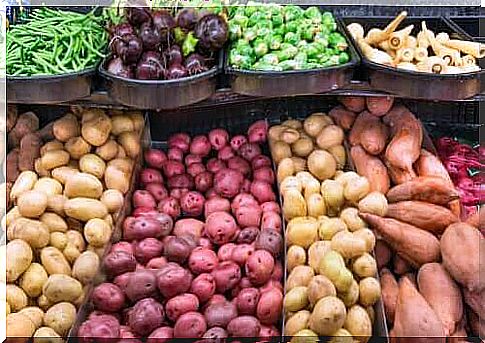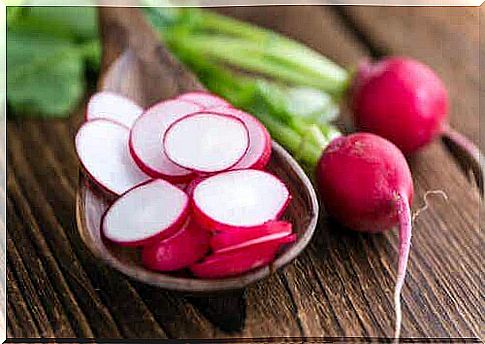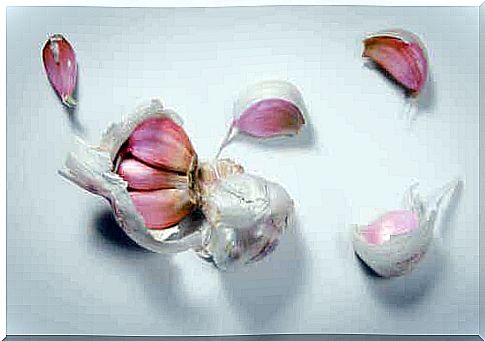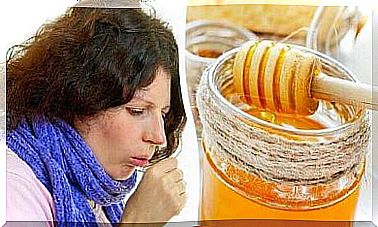The Difference Between Tubers, Tubers And Bulbs

Today’s article explains the difference between tubers, tubers, and bulbs. You’ve probably eaten potatoes, onions, beets, carrots, and sweet potatoes, and you already know that they all grow underground. However, are you aware of the many products that grow in this way? Do you know they are packed with nutrients?
Tubers, tubers and bulbs grow underground and produce delicious nutritious food. However, there are several differences in their structure and cultivation. However, they are all bulbous plants.
The main difference is how the underground part develops to store nutrients. It can be a stem for tubers and bulbs or a root for tubers.
In addition, the tuber, the root tuber and the bulb usually have different shapes. Bulbs are rounder, tubers are elongated and tubers are not uniform. However, people often confuse their classification.
tubers
These are the thick underground growing parts of certain plants and their function is to collect nutrients, water and energy for the plant. An article from the Universidad Mayor de San Andrés in Bolivia says that the tuber was cultivated in the central Andes (Spanish link).
This may be why they are so popular in countries like Peru, Bolivia, Ecuador, and Colombia. Still, many of these products are now spread all over the world, especially potatoes.
Underground growing products are usually rich in complex carbohydrates, water and fiber. They contain no cholesterol and you have to cook them to digest them properly.
In addition, their contribution of minerals such as potassium, iron, vitamin A and vitamin C is excellent. Their main feature is versatility. They can be used in all kinds of dishes with different cooking methods:
- cooked
- pureed
- fried
- roasted
- like flour
Examples of tubers in the garden and kitchen

Tubers are highly nutritious foods that can be part of a balanced diet. They are also usually inexpensive and readily available. There is a wide variety, although most are a little unknown, such as Oxalis tuberosa and Ullucus tuberous.
- Potatoes are popular worldwide and rank fourth in production after maize, rice and wheat. According to the International Potato Center (Spanish link) , there are more than 4,000 different varieties of native potatoes, with different colors, sizes and flavors. It is a versatile product and can be used in many recipes. It can also be grown under different conditions.
- A turnip is a pink tuber that looks a bit like an apple. This tuber is popular in Europe and the leaves are also edible. It is also rich in potassium, fiber and vitamin C.
- A radish is a vegetable of the cruciferous family and is native to China, but it adapts well to different climates and is also cold-resistant. The tubers ripen quickly and are easy to grow.
Root tubers
These are thick roots meant for storing nutrients. They are mostly native to tropical areas. However, they are now popular all over the world for their delicious taste and ease of growth.
Carrot tubers in the garden and kitchen
Root tubers are the most common type of underground vegetables. They grow among other thinner roots that help them absorb water and nutrients. In addition, they can survive underground for a long time, even if the above-ground part of the plant deteriorates.
The most common root nodules
- Cassava or manioc is an important source of carbohydrates for many people, especially in Africa, America and Asia. It is native to tropical climates. The skin is brown and the inside white, because they contain a lot of starch. The two most popular varieties are sweet and bitter yucca.
- Yam is the most popular root tuber in the world after cassava. People mainly consume it in Asian, African and South American countries. It usually grows in tropical areas and has brown skin. People eat the white flesh which is rich in starch. Yams can be stored for up to six months.
- Carrots are popular vegetables that belong to the high beta-carotene root nodule classification. Good for visual health and skin health. The most common variety is orange, but there are also purple, red and yellow varieties. They are also easy to grow and take about three months to harvest.
- Sweet potatoes are native to South America. There are several varieties that range between white, orange, red, purple and yellow. Their taste is slightly sweet, hence the name. They have a high content of vitamin C, starch, vitamin A and potassium. Finally, you can also eat their sprouts.
- Arracacha, also called Creole celery or white carrot, is a carrot with a slightly sweet taste. It is white or yellow and contains starch. It is also popular in South America and very nutritious due to its high energy content. This is why nutritionists don’t recommend it for overweight people.
- Beets are very nutritious and popular. They come in different colors, but the best known has an intense red color. Their taste is earthy and sweet due to their high sugar content. In fact, the industry uses certain beets to extract sugar.
bulbs
A bulb is a thick stem of the plant that grows underground and acts as a nutrient store. They are usually round or oval and pointed at the top. Most bulbs have layers that protect them.
Examples of bulbs in the garden and kitchen

The main feature of bulbs is that they stay fresh for a long time. Medicine has been investigating their many properties for some time, especially the properties of garlic and onions.
- The onion is a basic product in world cuisine that adds flavor to various recipes. You can eat them cooked or raw. They are also rich in vitamins, minerals and antioxidants. Best of all, they are easy to grow even in a small garden.
- Garlic is often used as a seasoning. This bulb contains several edible cloves. Its main characteristic is a strong odor, caused by the sulfur content.
- Fennel is not only tasty, but also has medicinal properties (Spanish link) that people have used for a long time. All parts have a function in traditional medicine.
Tubers, tubers, bulbs… and rhizomes!
Unlike the tuber, the rhizome and the bulb, the rhizome has a structure that grows horizontally under the ground. However, it also stores nutrients. In contrast , tubers, tubers and bulbs grow vertically.
Rhizomes grow sideways and unfold multiple buds from which roots grow downwards and sprout with shoots upwards. So they multiply quickly.
Some examples
- Turmeric originates from India and is the main ingredient of curry. Its main characteristic is its yellow color, which people use as a food coloring. The rhizome is ground and dried to make powder. It also has several medicinal properties.
- Ginger is prized for its pleasant aroma and spicy taste and has anti-inflammatory properties.
Tubers, tubers and bulbs also have ornamental applications
Now that you know the difference between rhizomes, tubers, tubers and bulbs and their uses in the kitchen and garden, you should know that some of them are also used for ornamental purposes. The best known of these are tulips, dahlias, lilies, daffodils and gladioli. So what are you waiting for? Add them to your diet and garden today!









